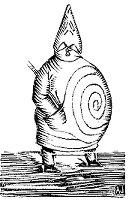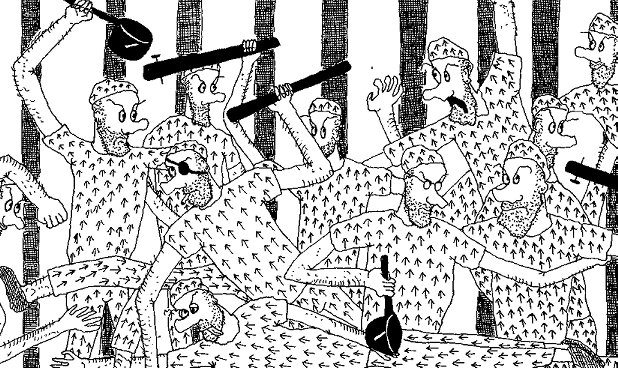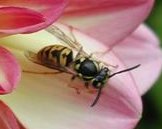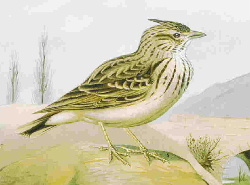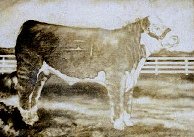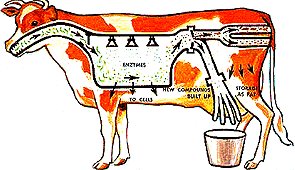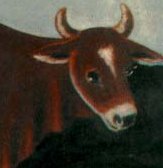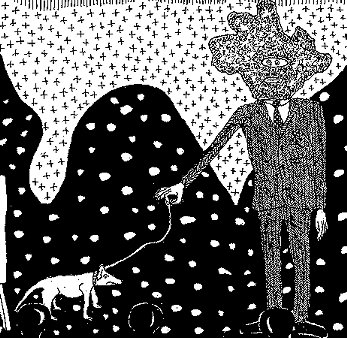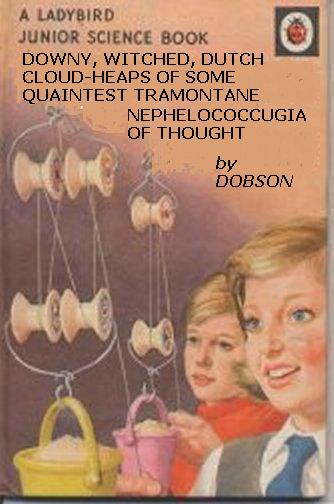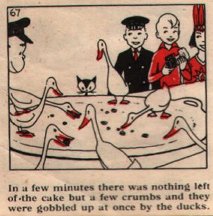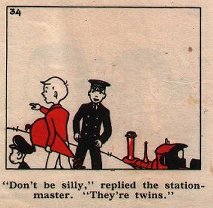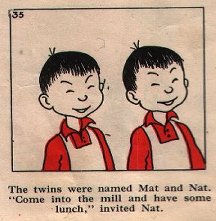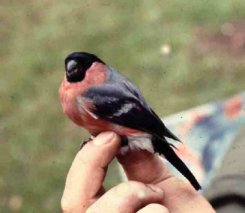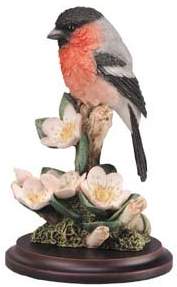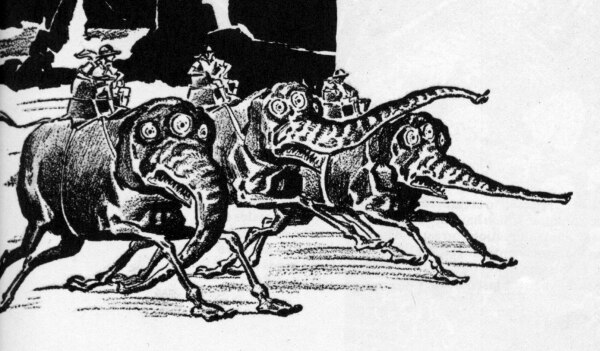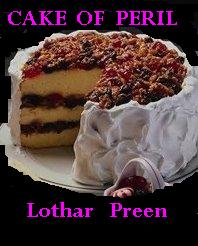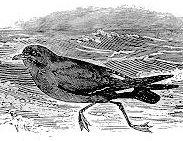On Friday 12th March we referred to Dobson's short-lived contract with Ladybird Books, which saw the publication of just one work. It has long been argued, by the indefatigable Dobson scholar Jasper Poxhaven, that a second book was planned, and - more controversially - that dust-jackets were printed for the new title so that it could be included in Ladybird's 1960 catalogue. When Dobson failed to deliver his manuscript, says Poxhaven, the proposal was quietly dropped, an erratum slip was inserted into the catalogues, and the dust-jackets were torn up and donated to the Pang Hill Orphanage for use in pâpier maché projects. All traces of the book were then lost, and it became one of the so-called “Phantom Dobsons”, those much-discussed works of which there appear to be hints and vestiges in the documentary record, yet which elude even the Poxhavens of this world.*
Last week, however, while taking a cigarette break, the same Poxhaven was caught in a downpour and took shelter in a derelict kiosk abutting the Port of Tongs flag-and-pennant warehouse. The scholar was astonished to see, pasted to the crumbling wall of the kiosk with proprietary paste, a copy of the lost Dobson dust-jacket. Gingerly, he unpeeled it from the wall, put it in his satchel, and cycled furiously to the Dobson Building, where it is now on temporary display next to a pile of towels in the laundry room.
Imagine, just for a moment, that you live in ancient Latvia. Now look at today's date. Gosh! It's Kazimiras Diena, the festival which commemorates the return of the larks! Being an ancient Latvian, you know full well that larks are passerine birds of the predominantly Old World family Alaudidae, small terrestrial birds with often extravagant songs and display flights. Often, you have pointed out to your ancient Latvian pals that larks nest on the ground, laying between two to six speckled eggs. Sometimes you get into arguments with your ancient Latvian next hut neighbour, who insists that most larks are fairly dull in appearance. Both of you agree, however, that their food is insects and seeds. Now, amity restored, you set off arm in arm with your neighbour for the festival.
“Look, Arvids,” you say, pointing to a nearby bird, “a lark!”
“Indeed it is, Egils,” says your neighbour, “But what species of lark do you suppose it is?”
“Well now, Arvids, I must confess I'm not entirely sure! There are so many different species of larks! Monotonous, Singing Bush, Australasian Bush, Latakoo, White-tailed, Madagascar, Kordofan, Williams', Friedmann's, Red-winged, Somali Long-billed, Ash's, Angola, Rufous-naped, Flappet, Clapper, Collared, Indian Bush, Gillett's, Fawn-colored, Rufous-winged Bush, Rusty, Pink-breasted, Degodi, and Sabota, to name but twenty five!”
“Egils, Egils!” replies Arvids, “Are you not forgetting the Rufous-rumped, Dusky, Archer's, Sidamo, Rudd's, Cape, the Algulhas-, Eastern-, and Karoo Long-billed, Benguela, Short-clawed, Dune, Karoo, Barlow's, Ferruginous, and Spike-heeled larks, to say nothing of the sparrow larks?”
“Sparrow larks, Arvids?” you ask, plaintively.
“Yes, Egils. Not just the Black-eared and the Chestnut-backed, but the Black-crowned and Gray-backed and Chestnut-headed and Fischer's and Ashy-crowned!”
“Oh, of course, Arvids,” you say, “Now you come to mention it, I used to have a tame Chestnut-headed Sparrow lark.”
“Are you sure that's what it was, Egils?” challenges Arvids, a fierce look in his blazing eyes, “Quite sure it wasn't a Bar-tailed, Rufous-tailed, Desert, Gray's, Greater or Lesser Hoopoe, Thick-billed, Calandra, Bimaculated, Tibetan, Mongolian, or White-winged lark?”
You are now beginning to feel defeated by your neighbour's superior knowledge.
“I suppose it might have been a Black or a Greater Short-toed lark, Arvids,” you whimper.
“Well, that's as may be,” says Arvids, “But what about the lark over there which has now taken up a perch on the branch of that lightning-struck pugton tree? Is it a Blanford's, Hume's, Lesser Short-toed, Red-capped, Asian Short-toed, Sand, Somali Short-toed, Pink-billed, Botha's, Sclater's, Obbia, Masked, Dunn's, or Stark's lark, do you think?”
“It's definitely not a Stark's,” you say, confidence boosted a little, “Although perhaps it might be a Dupont's, Thekla, Malabar, Sun, Tawny, Long-billed, Short-tailed, Wood, or Skylark, Arvids.”
“Pshaw, Egils! You will be telling me next it is a Japanese, Oriental or Razo skylark! Or even a Horned or Shore or Temminck's lark!”
“Well at least I know it's not a Magpie lark, Arvids,” you shout, “Which is actually neither a lark nor a magpie, but a giant Monarch flycatcher.”
“I am well aware of that, Egils,” your neighbour ripostes.
By this time the bird, which is in fact a Crested lark, has flown away, and raindrops are beginning to fall in ancient Latvia.
Hooting Yard recommends Wikipedia.

